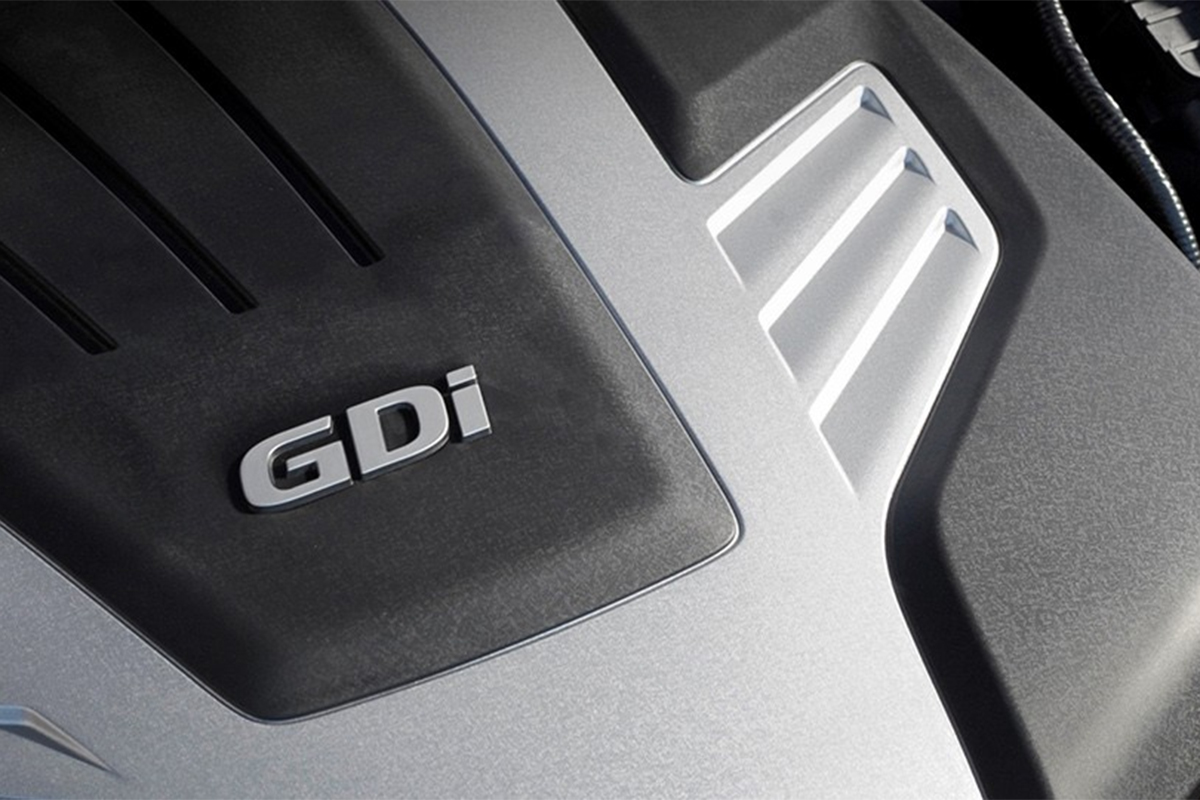Genuine automotive companies and best buy brands are created by superb, customer-oriented quality
Ongoing efforts to manage quality
Hyundai Motor Company’s made a full-fledged roll-out of quality management in 1999. To reinforce its commitment, it established the Hyundai quality department that reports directly to the Chairman in Sept. 2002, to improve global customer satisfaction, it integrated the maintenance and quality control operations and established a quality control organization overseas. A 24-hour, 365-days-a-year “Global Quality Situation Room” was established in 2004 to enable the company to respond in real time to diverse quality problems that may arise anywhere in the world.
Moreover, top managers from every department gather to discuss quality-related issues in a quality meeting held twice a month. The company believes that supplying zero-fault vehicles is a basic responsibility and fundamental requirement to build customer satisfaction. This is why it makes ongoing efforts to conduct quality-driven management.
Brand innovation driven by quality
Accent was awarded the 2014 Residual Value Award by the Automotive Lease Guide (ALG) in the U.S., and also highly praised in J.D. Power’s 2013 Initial Quality Survey (IQS). Known as Solaris in Russia, it won the Annual National Award Car of the Year in 2013. Veloster, which embodies Hyundai Motor Company’s creative imagination, also continued to demonstrate its unique value with such recognitions as AutoPacific’s Vehicle Satisfaction Award for Sporty Cars.
Customer-centric smart services
As part of ongoing efforts to furnish customer-friendly services and to increase the credibility and efficiency of maintenance, Hyundai Motor Company began to automate its service centers across the world in 2014. From the time of arrival until departure, every procedure is managed electronically to facilitate communication and offer customer-oriented services. Separately, to improve fundamental vehicle maintenance services that are provided, the company developed and deployed the world’s first next generation diagnostic equipment on a mobile platform with enhanced speed and diagnostic capabilities to detect faults. In 2015, this contributed to improving customer convenience and experience introducing ‘Virtual Guide’, the world first user manual which is applied augmented reality technology. It reinforced management of its Global Service Support Center (GSSC) and implemented high-tech, remote diagnostic technology to resolve difficult repair problems in real-time so that it can guarantee complete vehicle maintenance services to customers worldwide.

Leave a Reply